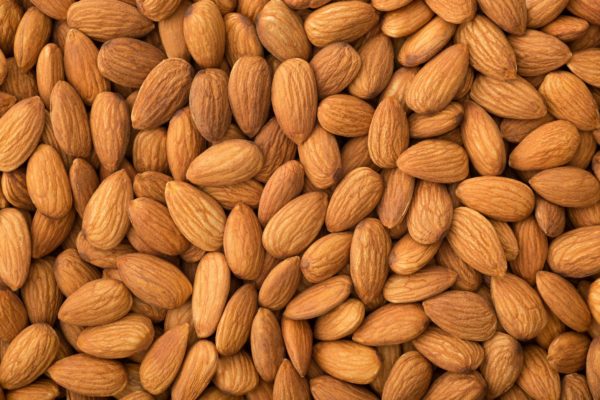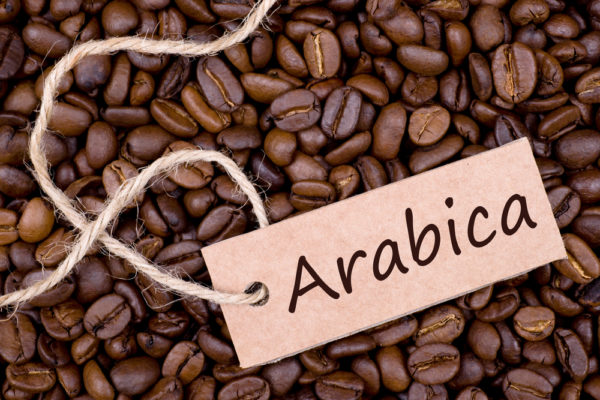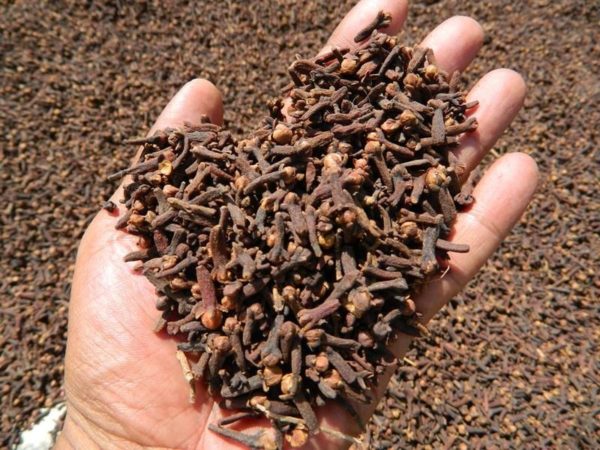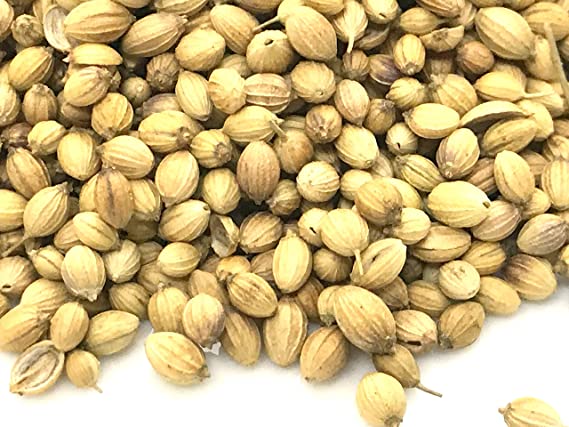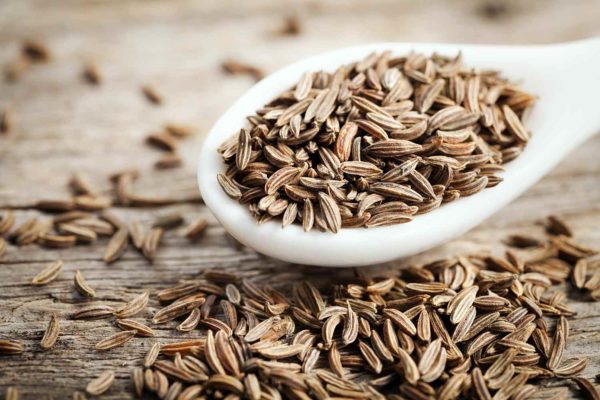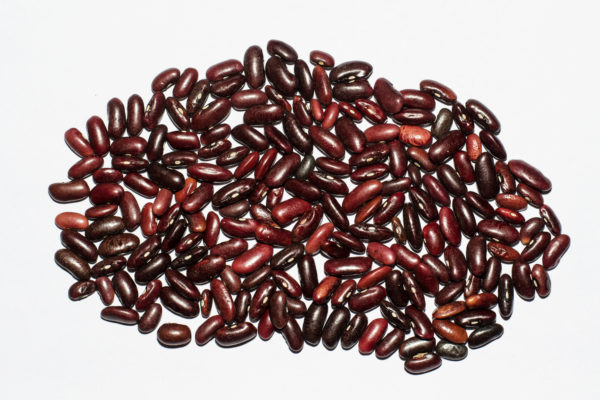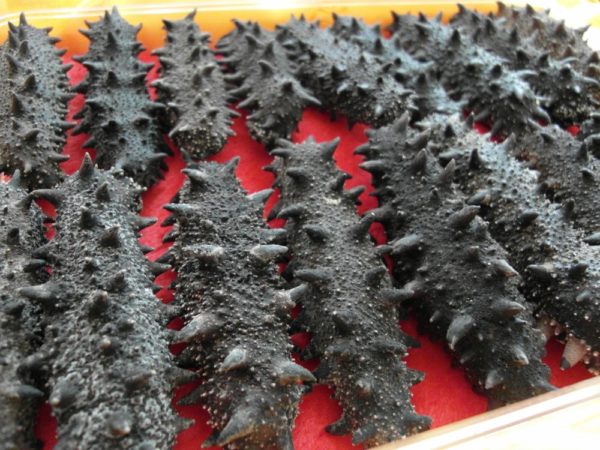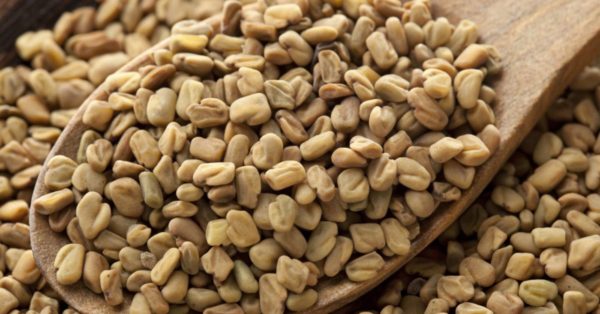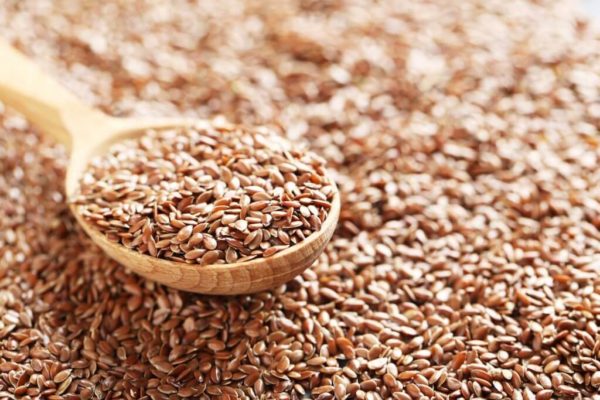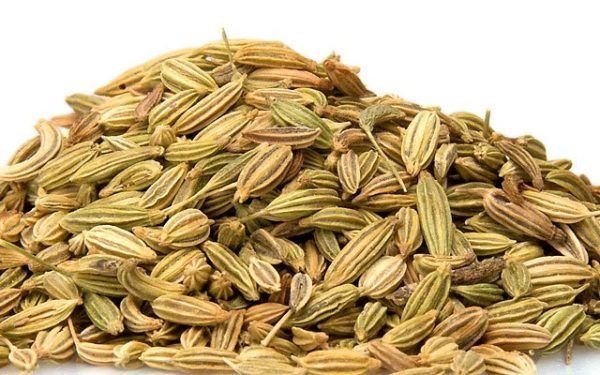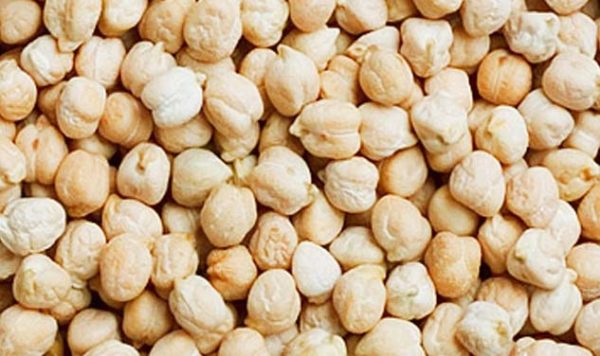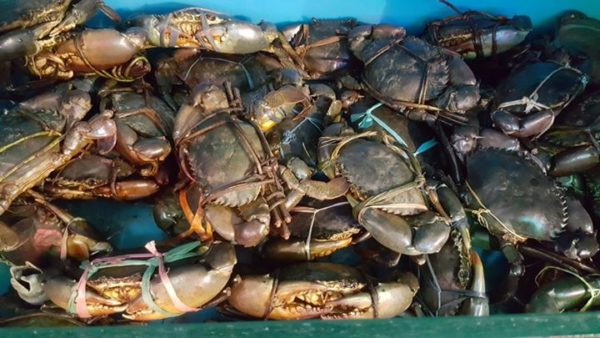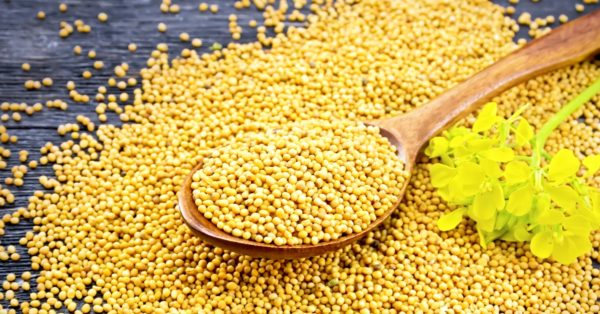Almonds nuts
Almonds are the edible seeds of Prunus dulcis, more commonly called the almond tree. They are native to the Middle East, but the US is now the world’s largest producer. The almonds you can buy in stores usually have the shell removed, revealing the edible nut inside. They are sold either raw or roasted.
Apricot Kernels
ARABIC COFFEE BEANS
Betel Nuts
Black Pepper
Broad Beans
Cloves CG3
Cloves are the unopened flower buds, collected while still green and pink. … CG2 – “Prima”, brown-reddish with less than 11% moisture and 0.5% admixture and few headless and baby cloves. CG3 – “Courant” (ordinary), brown-reddish, with less than 10% moisture and less than 3% admixture and baby cloves.
Cocoa Beans
Coriander Seeds
Coriander is an annual herb in the family Apiaceae. It is also known as Chinese parsley or dhania, and in the United States the stems and leaves are usually called cilantro. All parts of the plant are edible, but the fresh leaves and the dried seeds are the parts most traditionally used in cooking
Cumin Seeds
Cumin is a flowering plant in the family Apiaceae, native to southwestern Asia including the Middle East. Its seeds – each one contained within a fruit, which is dried – are used in the cuisines of many cultures in both whole and ground form
Dark Kidney Beans
Dry Sea Cucumber
Fenugreek Seeds
Fenugreek is an annual plant in the family Fabaceae, with leaves consisting of three small obovate to oblong leaflets. It is cultivated worldwide as a semiarid crop. Its seeds and leaves are common ingredients in dishes from the Indian subcontinent, where it is known as ‘methi’
Flax Seeds
Flax is a food and fiber crop that came from Southern Europe and Asia. Flaxseeds are the golden yellow to reddish brown seeds of flax. These seeds contain phytoestrogens, which are similar to the hormone estrogen. The seeds also contain soluble fiber and oil.
Funnel Seeds
Fennel is a flowering plant species in the carrot family. It is a hardy, perennial herb with yellow flowers and feathery leaves. It is indigenous to the shores of the Mediterranean but has become widely naturalized in many parts of the world, especially on dry soils near the sea-coast and on riverbanks.
Ginger (Zingiber officinale)
GRADE A SISAL FIBRE
Sisal fibre is derived from the leaves of the plant. It is usually obtained by machine decortications in which the leaf is crushed between rollers and then mechanically scraped. The fibre is then washed and dried by mechanical or natural means. The dried fibre represents only 4% of the total weight of the leaf. Once it is dried the fibre is mechanically double brushed. The lustrous strands, usually creamy white, average from 80 to 120 cm in length and 0.2 to 0.4 mm in diameter.
Green Cardamom
Green Mung Beans
Horse Mackerel
Kabuli Chickpeas
Live Mud crap
Macadamia Nuts
Macadamia nuts are tree nuts that have a subtle, butter-like flavor and creamy texture. Native to Australia, macadamia trees are now grown in various places around the world, such as Brazil, Costa Rica, Hawaii, and New Zealand. Like most other nuts, macadamia nuts are rich in nutrients and beneficial plant compounds
Mustard Seeds
Mustard seeds are the small round seeds of various mustard plants. The seeds are usually about 1 to 2 millimetres in diameter and may be colored from yellowish white to black

